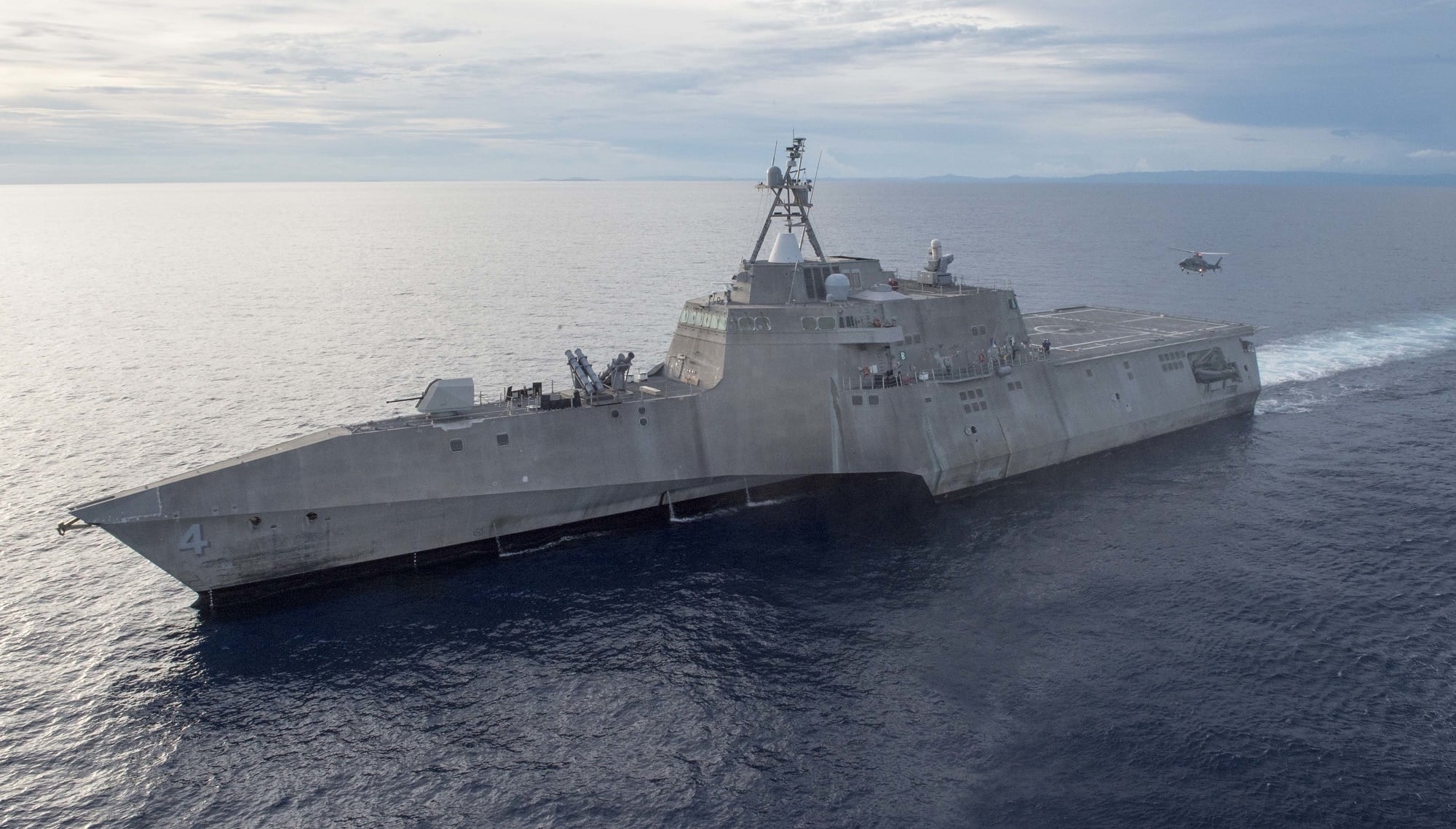WASHINGTON — The U.S. Navy’s top requirements officer said in testimony Wednesday that other budget priorities have crowded out the first four littoral combat ships, leaving them on the cutting-room floor in 2021.
In total, the service saved about $1.8 billion over five years with the move, said Vice Adm. James Kilby, the deputy chief of naval operations for war-fighting requirements and capabilities.
“As we looked at our budget for [fiscal 2021], we looked at how much it would cost in the FYDP [Future Years Defense Program] collectively — $1.2 billion — and how much it would cost collectively to upgrade those first models — $600 million total — and we determined that money could be applied in other areas,” Kilby told the House Armed Service’s Committee’s Seapower and Projection Forces Subcommittee. “We didn’t want to do it.”
Kilby said the service prioritized the Columbia-class ballistic missile submarine and readiness above maintaining older force structure.
RELATED

During the Navy’s budget rollout in February, the service’s budget director, Rear Adm. Randy Crites, told reporters that the ships were unique and not like the other LCS in the fleet, making them special cases in the LCS class. They had previously been designated test ships for crewing models and the long-delayed mission packages.
The hulls — Freedom, Independence, Fort Worth and Coronado — have accrued between six and 12 years of service, but their usefulness as test vessels is waning and they’re no longer worth a deeper financial investment, according to Crites.
“Those four test ships were instrumental to wringing out the crewing, the maintenance and all the other things we needed to learn from them,” Crites told reporters during the Feb. 10 budget rollout. “But they’re not configured like the other LCS in the fleet, and they need significant upgrades. Everything from combat [systems] to structural, you name it. They’re expensive to upgrade.”
Still, Kilby said, the Navy is committed to the class, adding that they were necessary to ease the burden on the fleet’s beleaguered destroyers.
“I think there is great capability in the LCS class,” Kilby said. “And we need those ships in the future to have a mix to allow those ships to do what they are designed to do.
“When I deployed in 2017 as a strike group commander, I used a destroyer to do maritime fisheries enforcement. That’s not a great use for a DDG [destroyer]. That’s a good use for an LCS.”
David B. Larter was the naval warfare reporter for Defense News.








